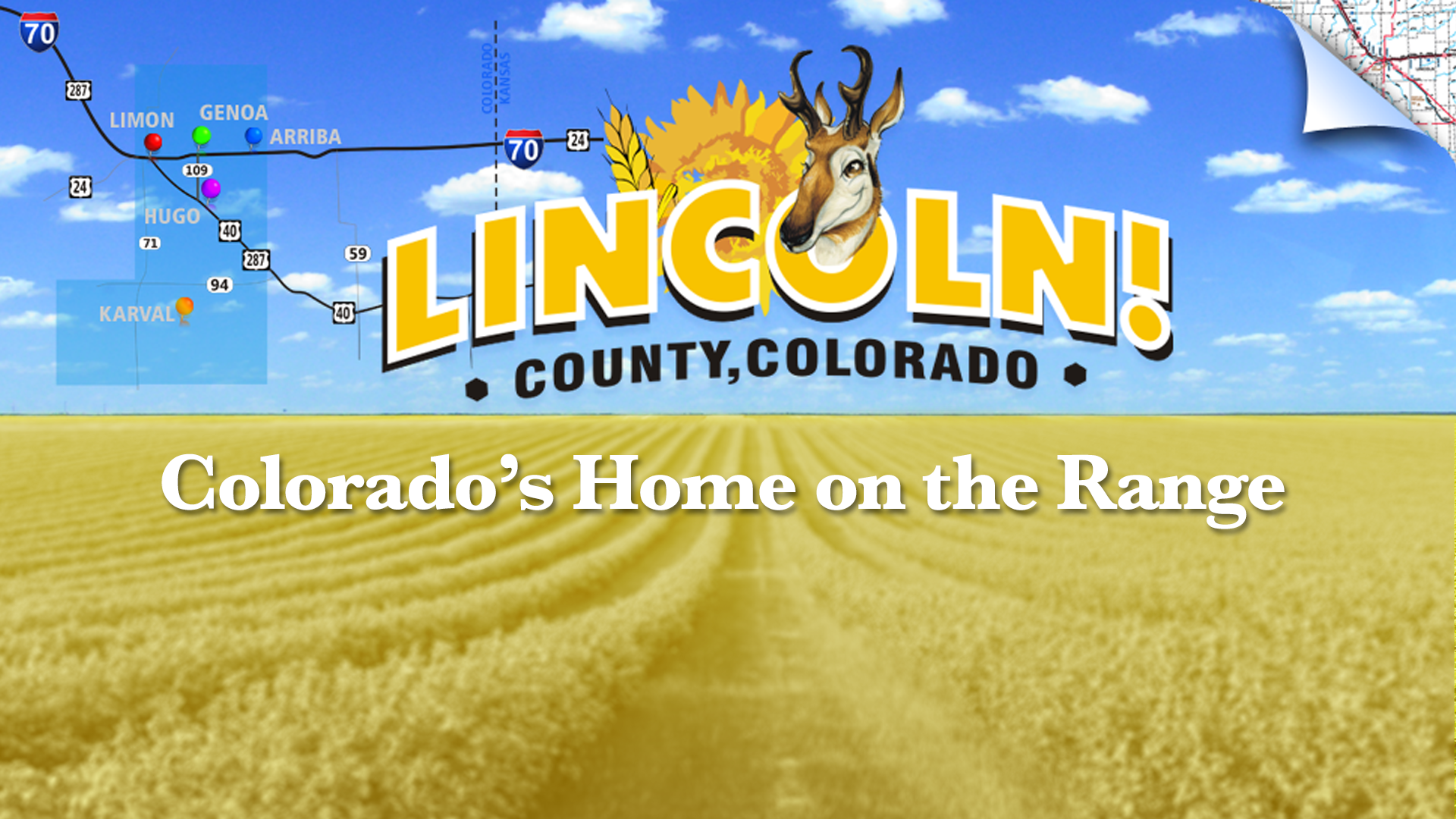Hugo Colorado – Big Sandy Creek
by local author & historian: John LaBorde
Just to the west of present day Hugo, the Big Sandy Creek makes a sweeping curve. In this area is where the Leavenworth and Pikes Peak Stage and Freight Line is suspected to have built a stage station. The L&PP did not follow the Smoky Hill Trail, they surveyed their own route to the Rocky Mountain gold fields.
In this area are small pools of live water and good grass making it an ideal spot for a stop. Being on private property, there never was a close survey of the site to confirm it.
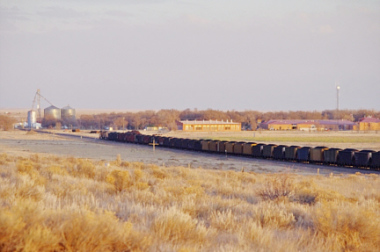 Here at Hugo the Leavenworth and Pikes Peak trail crossed the Smoky Hill Trail. From Hugo westward the freight line followed parts of the Smoky Hill Trail. There are still some ruts visible from the trails north of town.
Here at Hugo the Leavenworth and Pikes Peak trail crossed the Smoky Hill Trail. From Hugo westward the freight line followed parts of the Smoky Hill Trail. There are still some ruts visible from the trails north of town.
The Leavenworth and Pikes Peak Line was short lived. Just over two years after it began it closed up shop. The road was abandoned and silence set in on the prairie. For the discerning ear though, one can still hear the crack of the whip as the drivers urged their teams over the hills and westward. Down the hill into the lush basin by the Big Sandy the wagons would roll to a stop.
When the Leavenworth and Pikes Peak closed down the Butterfield Overland Dispatch started a stage route to the gold fields of the Rocky Mountains. The Butterfield Overland Dispatch for the most part travelled along the Smoky Hill Trail going from the Railhead in Kansas across Colorado to Denver.
The Butterfield Overland Dispatch built their station at Willow Springs just east of Hugo on Willow Creek. Here was a spring and some small pools. The Lincoln County Fairgrounds are on part of the station.
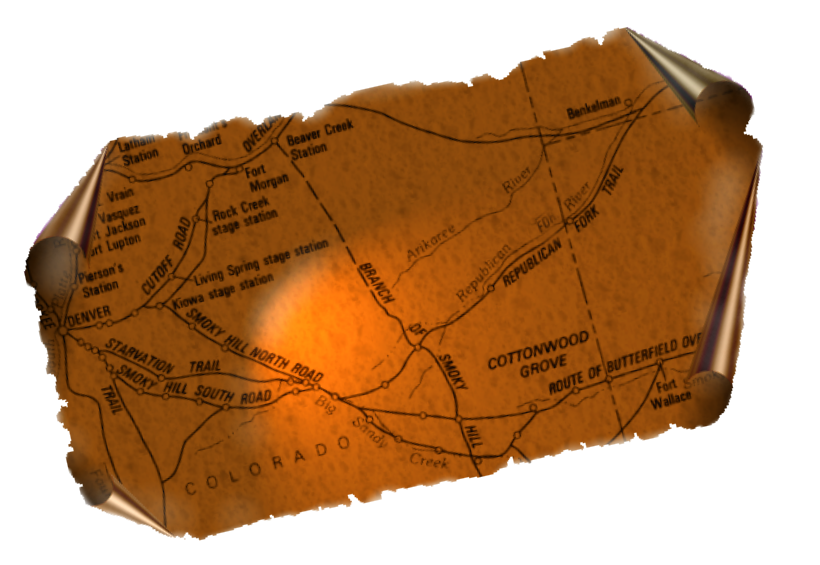 To the north of the fairgrounds was where the Smokey Hill trail went and the east edge of the fairgrounds is where the stage station was believed to be. Being built of adobe and sod there was little left to track where this stop was. The rock markers quite often were collected by souvenir hunters. Yet this is all visible from Highway 40/287. It is a horse pasture today and gives an old time feeling of when the stage stopped there.
To the north of the fairgrounds was where the Smokey Hill trail went and the east edge of the fairgrounds is where the stage station was believed to be. Being built of adobe and sod there was little left to track where this stop was. The rock markers quite often were collected by souvenir hunters. Yet this is all visible from Highway 40/287. It is a horse pasture today and gives an old time feeling of when the stage stopped there.
Among the trees of Hugo today are a plethora of ghosts. There is the roundhouse, Hedlund House, the WPA structures, Town Hall, the swimming pool, and the depot.
The street that goes to the roundhouse dates from the 1800’s. This is the area where the railroad built section houses and various railroad related structures. Take a stroll around the roundhouse, it was built in 1909. Nearby are the footers for the other buildings.
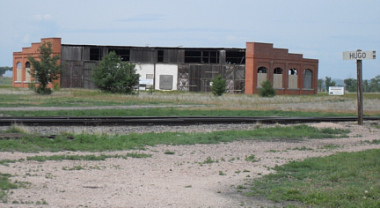 It is a picture from a bygone era. Today the roundhouse sits in silent testimony to those past days. The depot was moved a number of years ago and a park was built around it. Now there is a playground and picnic tables.
It is a picture from a bygone era. Today the roundhouse sits in silent testimony to those past days. The depot was moved a number of years ago and a park was built around it. Now there is a playground and picnic tables.
Hugo was a division point and for years the scene of railroad crew changes that repeated many times during the day.
Go up the street a couple of blocks and see the Hedlund House Museum. Here is the home of the Hedlund’s. The first people to received land patents for homesteaders. 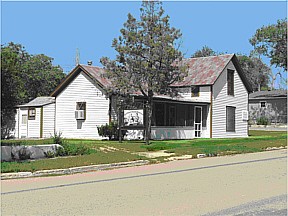
Built in the 1870’s, the building has been well maintained and houses a good collection of artifacts from early day Hugo.
There is a small ante room where one can do some research on local history and people.
To read more about Hugo- Click here~ Hugo, Colorado
